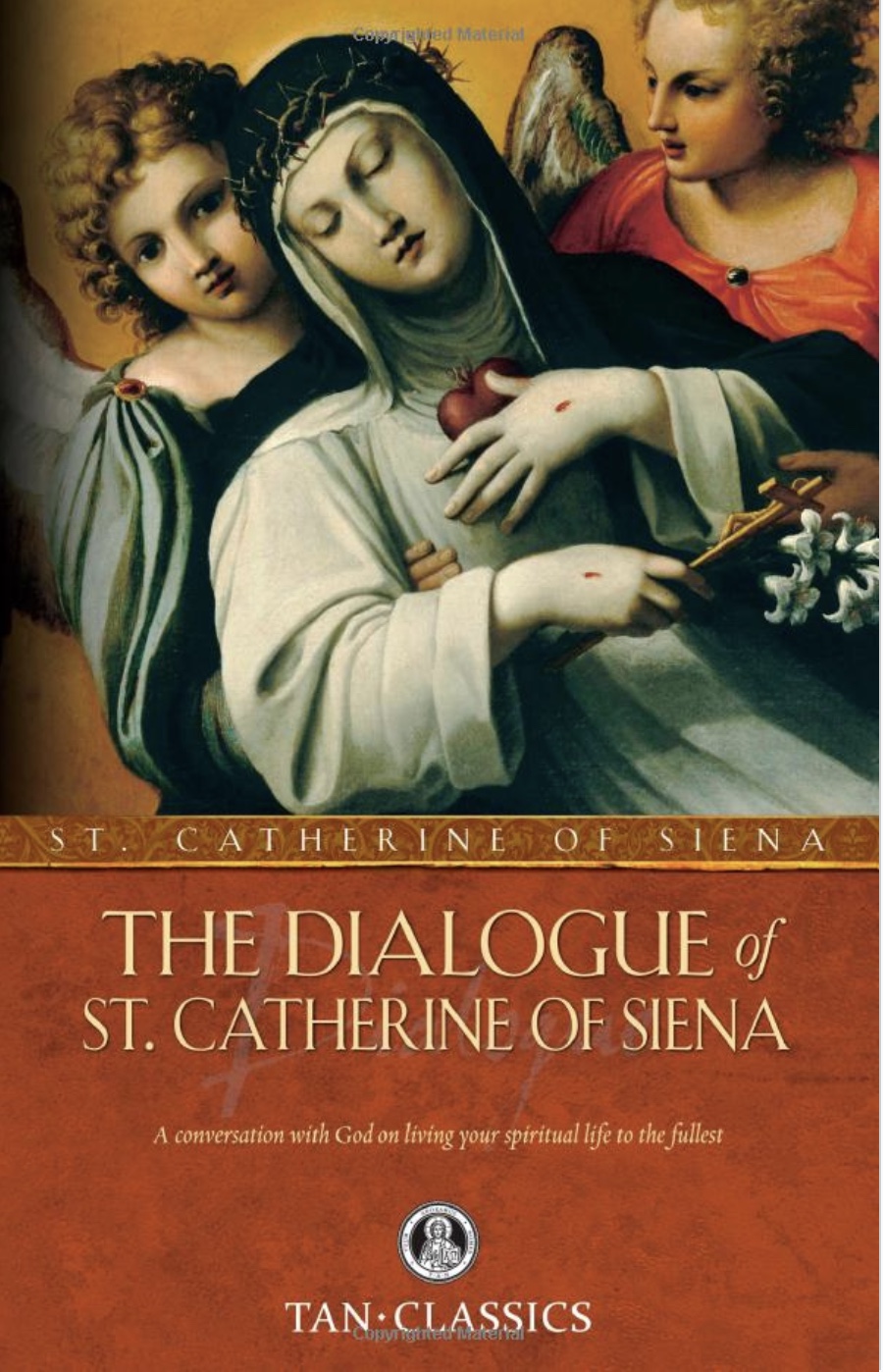The transcendentals (Latin: transcendentalia) are the properties of being that correspond to three aspects of the human field of interest and are their ideals; science (truth), the arts (beauty) and religion (goodness). Philosophical disciplines that study them are logic, aesthetics and ethics…
…In the Middle Ages, Catholic philosophers elaborated the thought that there exist transcendentals (transcendentalia) and that they transcended each of the ten Aristotelian categories. A doctrine of the transcendentality of the good was formulated by Albert the Great. His pupil, Saint Thomas Aquinas, posited five transcendentals: res, unum, aliquid, bonum, verum; or “thing”, “one”, “something”, “good”, and “true”. Saint Thomas derives the five explicitly as transcendentals, though in some cases he follows the typical list of the transcendentals consisting of the One, the Good, and the True. The transcendentals are ontologically one and thus they are convertible: e.g., where there is truth, there is beauty and goodness, also.
In Christian theology the transcendentals are treated in relation to theology proper, the doctrine of God. The transcendentals, according to Christian doctrine, can be described as the ultimate desires of man. Man ultimately strives for perfection, which takes form through the desire for perfect attainment of the transcendentals. The Catholic Church teaches that God is Himself truth, goodness, and beauty, as indicated in the Catechism of the Catholic Church. Each transcends the limitations of place and time, and is rooted in being. The transcendentals are not contingent upon cultural diversity, religious doctrine, or personal ideologies, but are the objective properties of all that exists.
-https://en.wikipedia.org/wiki/Transcendentals
“…(Catherine is a) permanent source of refreshment to the human spirit. She intuitively perceived life under the highest possible forms, the forms of Beauty and Love. Truth and Goodness were, she thought, means for the achievement of those two supreme ends. The sheer beauty of the soul “in a state of Grace” is a point on which she constantly dwells, hanging it as a bait before those whom she would induce to turn from evil. Similarly the ugliness of sin, as much as its wickedness, should warn us of its true nature. Love, that love of (hu)man for (hu)man which, in deepest truth, is, in the words of the writer of the First Epistle of St. John, God Himself, is, at once, the highest achievement of man and his supreme and satisfying beatitude. The Symbols of Catholic theology were to her the necessary and fitting means of transit, so to speak. …the fine allegory of the Bridge of the Sacred Humanity, of the soul in viâ on its dusty pilgrimage toward those gleaming heights of vision. “Truth” was to her the handmaid of the spiritualized imagination, not, as too often in these days of the twilight of the soul, its tyrant and its gaoler. Many of those who pass lives of unremitting preoccupation with the problems of truth and goodness are wearied and cumbered with much serving. We honor them, and rightly; but if they have nothing but this to offer us, our hearts do not run to meet them, as they fly to the embrace of those rare souls who inhabit a serener, more pellucid atmosphere. Among these spirits of the air, St. Catherine has taken a permanent and foremost place. She is among the few guides of humanity who have the perfect manner, the irresistible attractiveness, of that positive purity of heart, which not only sees God, but diffuses Him, as by some natural law of refraction, over the hearts of men. The Divine nuptials, about which the mystics tell us so much, have been accomplished in her, Nature and Grace have lain down together, and the mysteries of her religion seem but the natural expression of a perfectly balanced character, an unquenchable love and a deathless will.
-St. Catherine of Siena (2013-07-31T23:58:59). The Dialogue of St. Catherine of Siena (with Supplemental Reading: Catholic Prayers) [Illustrated] (Kindle Locations 438-454). TAN Books. Kindle Edition.
“You receive all the divine essence of the sweetest Sacrament in the whiteness in the bread. Just like the sun cannot be divided in the whiteness of the Holy Host. Let us suppose that the Sacred Host could be divided: even if it would be possible to fragment the Holy Eucharist into thousands of tiny Particles, in each one of the tiny Particles there is the presence of Christ, the whole God and the whole Man. In the same manner that a mirror would shatter into thousands of pieces, the Sacred Host will not shatter or divide the image of God and Man that you see in the Host; the image of God and Man is in each fragmented part.”
– Our Blessed Lord to Saint Catherine of Siena (Dialogue)
“I do not wish the soul to consider her sins, either in general or in particular, without also remembering the Blood and the broadness of My mercy, for fear that otherwise she should be brought to confusion. And together with confusion would come the devil, who has caused it, under color of contrition and displeasure of sin, and so she would arrive at eternal damnation, not only on account of her confusion, but also through the despair which would come to her, because she did not seize the arm of My mercy. This is one of the subtle devices with which the Devil deludes My servants, and, in order to escape from his deceit, and to be pleasing to Me, you must enlarge your hearts and affections in My boundless mercy, with true humility. You know that the pride of the Devil cannot resist the humble mind, nor can any confusion of spirit be greater than the broadness of My good mercy, if the soul will only truly hope therein.”
— St. Catherine Of Siena, p. 94
Love, Beauty, Goodness, Truth,
Matthew

